
Interview with ceramic artist Koji Sakurai (Matsumoto, Nagano Prefecture)
Share
In December, I headed to Matsumoto City, Nagano Prefecture to have Sakurai cut my hair.
We spoke to Koji Sakurai, who is the owner of hair salon "Pairo hair" and also continues to work as a ceramic artist, after he gave me a haircut on his day off.
Hair salon Pairo hair (Matsumoto City, Nagano Prefecture): https://pairohair.com/ 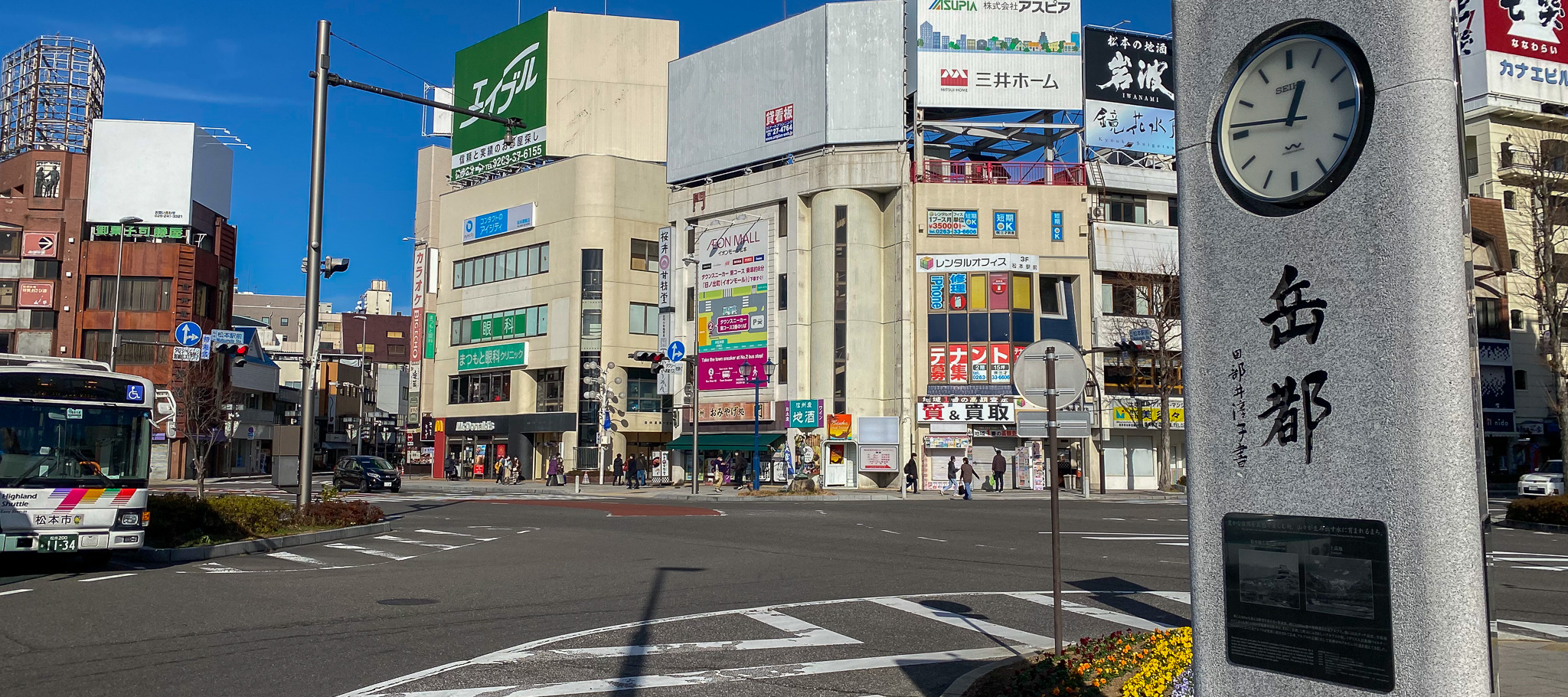
Please tell us about your journey to becoming a potter.
I was born and raised in Matsumoto City, Nagano Prefecture. After graduating from a beauty school in Kokubunji, Tokyo, I worked at a beauty salon in Kichijoji for about three years before returning to Matsumoto. At the age of 30, I went independent and opened a hair salon called "Pairo Hair." The name of the salon is a coined word that sounds like a popping sound that is difficult to pronounce on the phone, and has a cute image like the candy Apollo. I have been the owner of the salon here in Matsumoto for 20 years since it opened.

Matsumoto Station is where the Azusa Express stops. It is a basin surrounded by mountains on all sides and has a high altitude. Recently, spring and autumn have been short, and summers have been less humid, making it a comfortable place to live. Winters are long, but thanks to snow that falls on the Japan Sea coast and in the Northern Alps, there isn't much snow, and even when it does snow, it only reaches 2-3cm, and it seems like it only accumulates to 50cm about once every five years. However, it is still cold, with days when the temperature drops to -10°C and the maximum temperature drops below 0°C. Cars are designed for cold climates, so studless tires are essential. The impact on pottery is that the soil freezes quickly in winter...
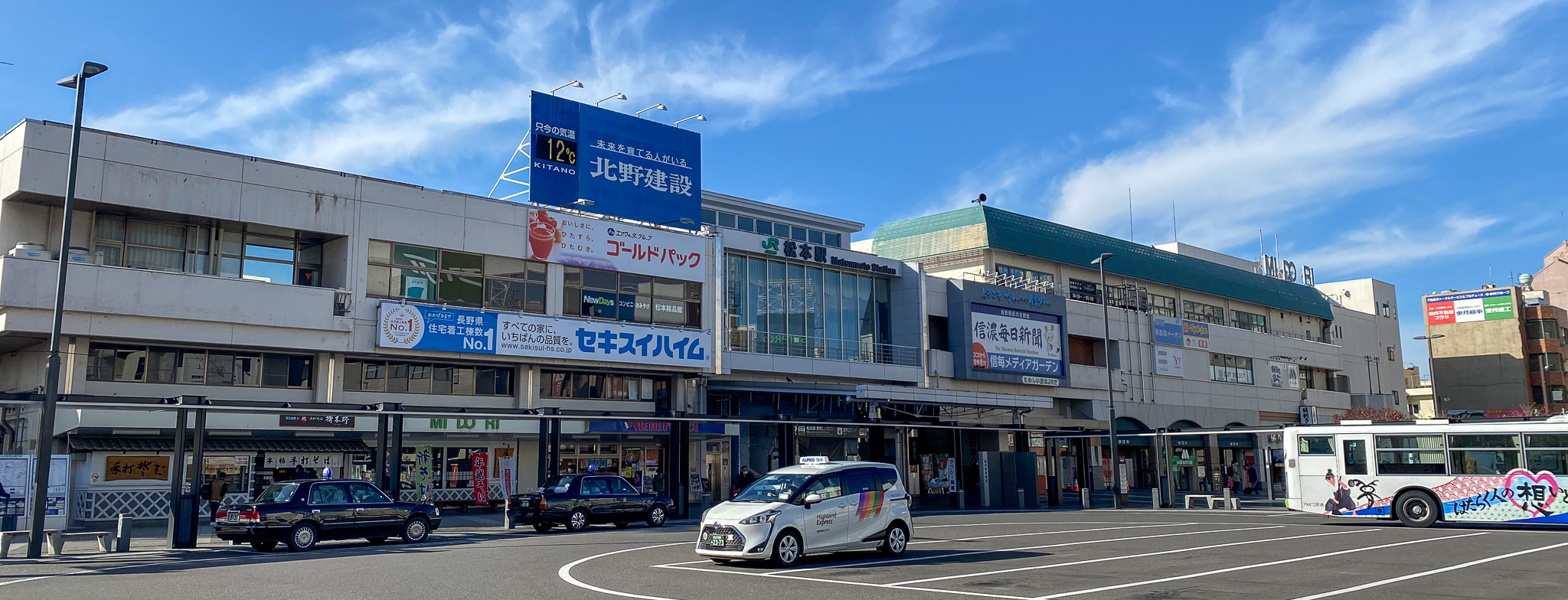
I first encountered pottery about five years ago. My hobby was collecting succulents, but I couldn't find pots made by artists, so I started attending pottery classes to try making my own flowerpots. Thinking back, I've loved making things since I was a child.
I also made tableware, but from that time on I mostly made flower pots. I bought an electric potter's wheel at home and started making pottery for my online shop 2-3 years ago, during the COVID-19 period. There are slow and busy seasons at the salon, and when I have free time I carve in the back yard or add gravel in the back (laughs). Now, thanks to that, I sell my pottery through my own online shop, from overseas, such as Hong Kong, and wholesale to companies like OMBLE.

Please tell me about your pottery.
I use either black or white clay. When using white clay, I mix it with my own unique mixture of black clay and adjust it so that the white has a slightly darker hue. I occasionally use red clay as well, but most of my work is based on black or white.
I use an electric potter's wheel to make it quite thick. I usually cut one at a time, and most of the finished pieces weigh around 1 kg, so I start with a fairly heavy amount of clay. I use about 1.5 to 2 kg... After molding, I dry it until it hardens to a certain extent, then carve it down.
"Kokuju" (Black Beast) is a piece that gives the impression of being violently scratched by the claws of an animal. The horizontal lines are first carved, and then the entire body is carved out, as if the vertical claw marks were being gouged out with a small knife. After carefully carving the entire piece, it is left to dry completely, and then the edges of the claw marks are bent off with needle-nose pliers. This time-consuming process gives the piece a natural and irregular look with claw marks.
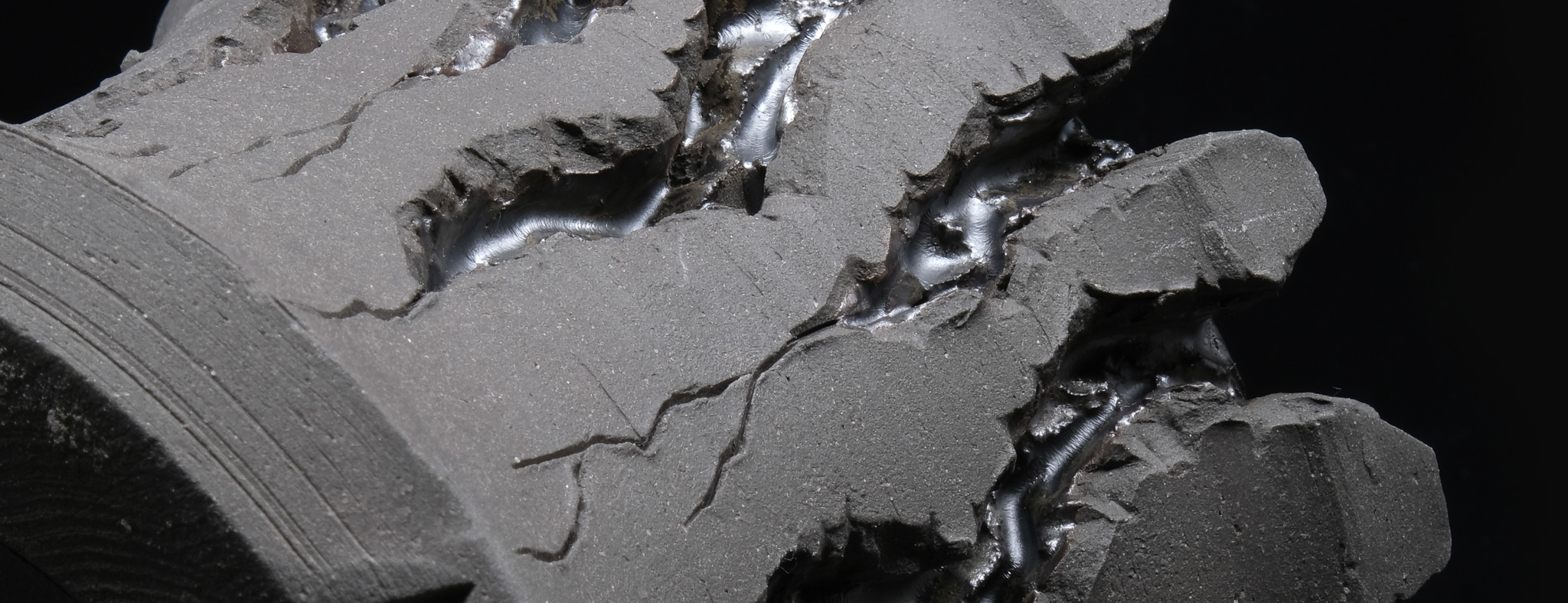
"Tsubute" is a work in which pebbles are roughly attached to a thickly molded vessel. After scraping the entire piece, the pebbles are pressed firmly into the vessel before drying, and black soil-based slip is applied with a dropper to the attached parts to prevent them from falling off. The pebbles used are reused pebbles that have been crushed with pliers from failed works.
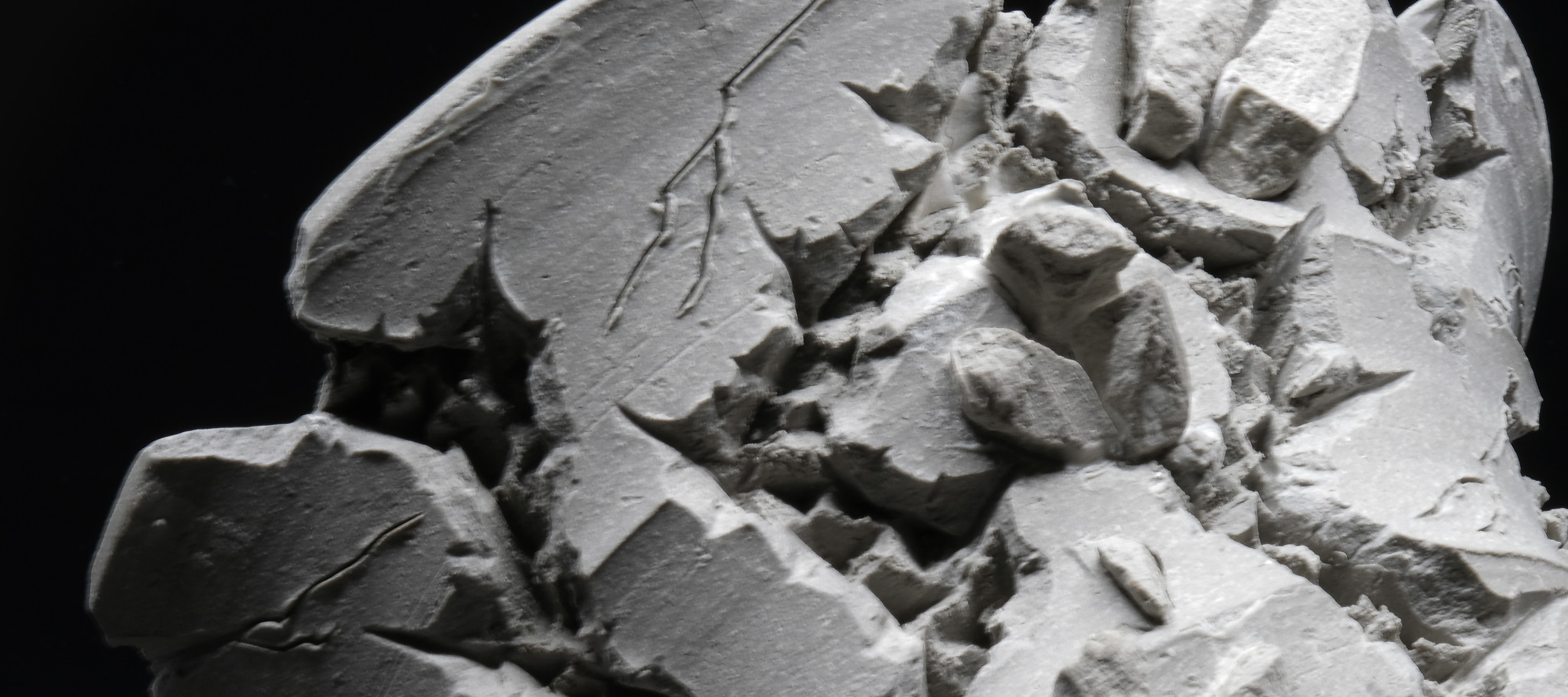
"Kuroju" needs to be carved out, while "tubute" needs to be shaped thickly because the gravel needs to be pushed into the body after carving to adhere it. As a flowerpot, a thick yakishime pot is better for root growth because the pot itself absorbs moisture.
The drying time is the most important thing. It takes a long time for the vessel to dry completely. The longer the better. I think this long drying time increases the success rate of the works. In particular, "tsubute" has a half-dried vessel body with completely dry pebbles attached, so if you cover it with plastic wrap and let it dry for about a week, it doesn't crack or fail very often.
Once it has completely dried, glaze is applied to the claw marks on the "Black Beast." The glaze is applied with a dropper and fine brush. Since no glaze is applied anywhere other than the claw marks, it is essentially a baked flowerpot.
Finally, we will do the main firing, which also serves as bisque firing, in a gas kiln. It is called "one shot main firing" and is the method I learned from my teacher. The kiln is turned on with the door slightly open, and the door is closed at around 350°C while the fire is turned on and the moisture is felt on the skin. The hole for oxygen to enter is closed at around 600°C, and after the rough bisque firing is completed, the main firing is started in that state. The reduction process begins at 930°C about 9 hours after the kiln is fired, and after about 13 hours, the temperature is raised to 1250°C, and then a hole for air to enter is opened and the switch is turned off. It is a gas kiln, so it takes time and effort. From there, it is cooled slowly over a period of time before opening the door, and the kiln door is opened after 2 to 3 days. The drying time mentioned earlier and the time it takes to take it out increase the chances of success. After taking it out and processing it, it is finally complete.
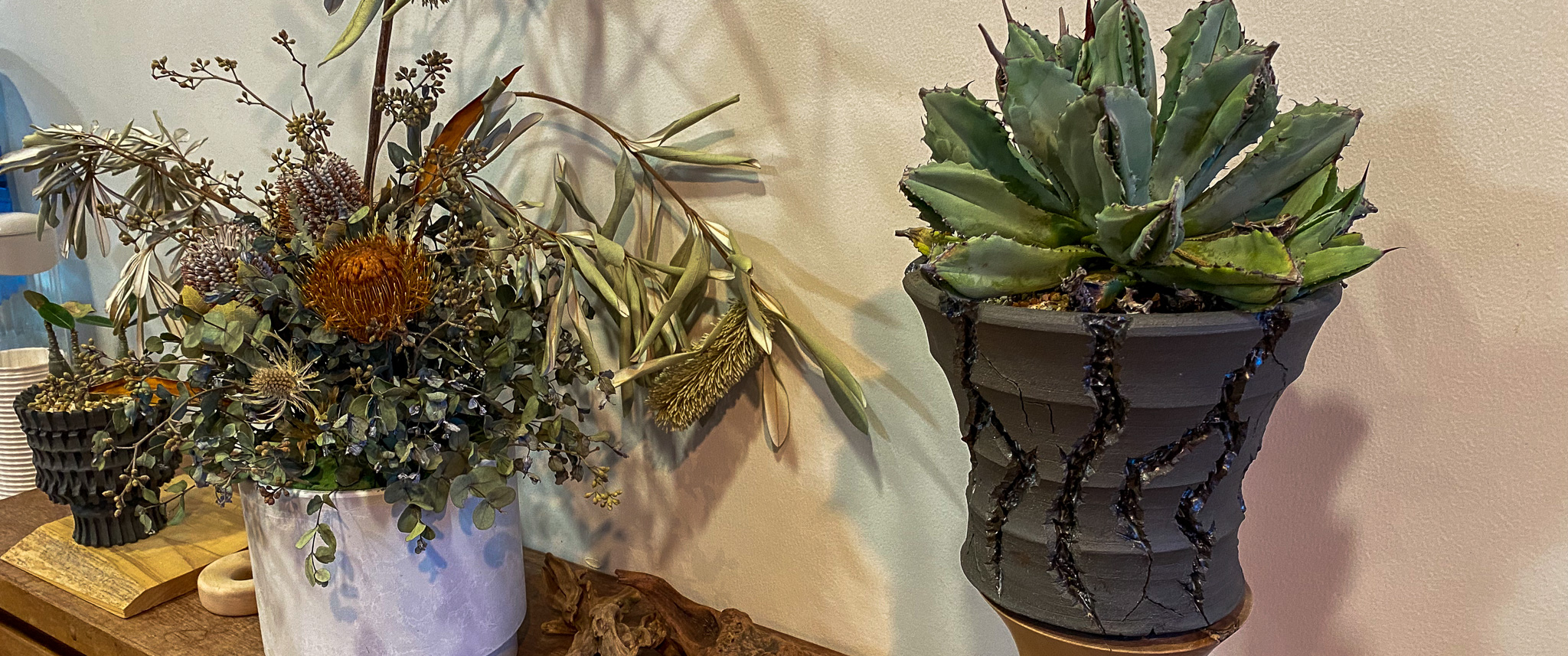
Thoughts on pottery
Because I run a beauty salon, there are times when I can make pottery and times when I can't, and as a hairdresser, my busy seasons are March, July, and December. In March, people prepare for the new fiscal year in April, in July they want to feel refreshed in the heat, and in December people want to get their hair cut before the New Year, so the salon is fully booked. Outside of these times, I turn the potter's wheel at home after work. You can make pottery even when you're tired!
I think of hairdressing as a jam session. The customer and the hairdresser improvise to create a shape. With pottery, I can produce everything myself, from the materials, which is really fun. I love jam sessions, but I also love making things based on my own decisions. I think that hairdressing and pottery are similar in that both are made with limited materials, limited tools, and limited methods of expression.
I like being busy, so I'm really enjoying running a beauty salon and being a potter, and I'm satisfied with my current lifestyle. My immediate dream is to build a shed next to my house and install an electric kiln that can convert oxidation and reduction, instead of the gas kiln I borrow from my pottery teacher. As long as I have a kiln, I can make pottery until I die!

OMBLE: Thank you very much for reading to the end.
The "Kuroju" series has a unique presence. From the story, it was clear that Sakurai, who is actually a plant enthusiast, takes the time and effort to create pottery that is good for root growth, with ideas unique to him. On Monday at the end of the year, he made an effort to open it up on his day off, cut it up, and shared many valuable stories with us in a fun way. Thank you very much! Let's continue to work hard together for a long time to come!
